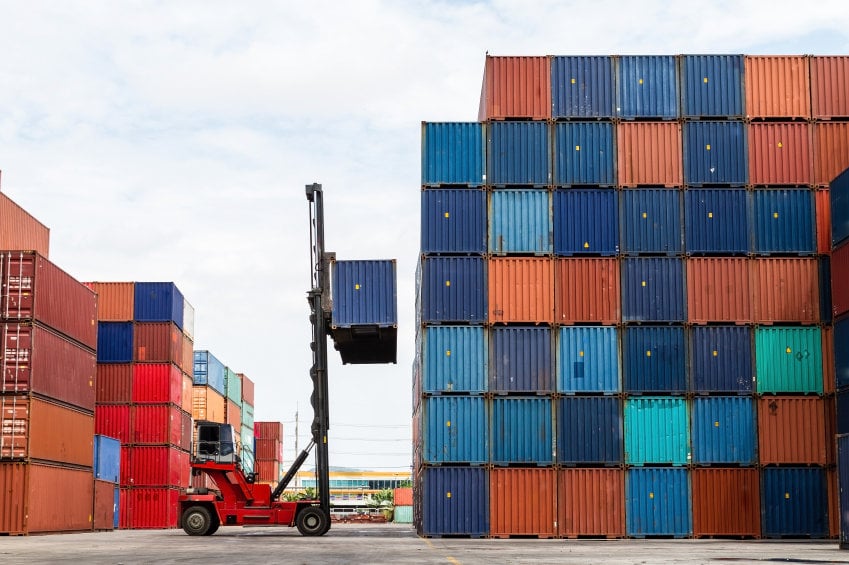The international shipping industry is responsible for carrying the majority of global traded goods and every day cargo valued in the billions of dollars move in and out of ports around the world. With this busy international traffic anything unexpected can happen and cause damages or loss on the cargos. In order to reduce possible financial losses, importers and exporters may purchase cargo insurance to protect against natural disasters, inclement weather, shipping accidents, thefts and other damages.

Carriers do in fact have liability as per their bill of ladings; however, you can not rely on the carrier to reimburse you for your loss or damages. First of all, steamship lines are accepting some coverage for the damages or losses under their responsibility while the goods are in their custody. This means that carrier liability does not cover door to door. Carriers are also exempt from certain causes of loss or damage (up to 17 under certain international conventions). From a monetary point of view, a carrier’s liability is often very limited. When you read the back of the bill of lading carefully you will see that commonly the carries’ coverage is limited up to $500 per shipping unit, in our case per container. Most of the times the actual cargo values far exceed this amount. Therefore, importers and exporters can not only reply on the carriers’ coverage for their damages in transit.
There are a couple factors that determine the cargo insurance; this includes the following: agreed shipping terms (incoterms), the origin and the destinations of the country risks factors, the type of the packaging, the value of the cargo, the type of valuation and limits provided by insurance company, and the insurer’s past experience with similar accounts. Most of the time the insurance cost is calculated based on the value of the cargo, plus the freight cost and additional percentage usually (10% – 20%) of the total amounts of the freight cost and cargo value.
Incoterms might be one of the main components affecting the cost of the cargo insurance. For instance, if you are selling the cargo on CIF or CIP terms, for the benefit of the buyer, you as the seller are committed to provide the insurance. Or for example, if you buy on FOB terms and you insure the cargo from port of loading to your door but your supplier did not insure the cargo from his door to the port of loading. There is a possibility that cargo may get damaged during the transit between the sellers warehouse to the port. The terms of sale you agree upon with your buyer or seller impose when you are responsible for loss or damage. Therefore, it is always best to clearly agree on the right terms and arrange the insurance from both sides accordingly.
After being part of the international shipping world for some years now, I have seen how improperly insured cargo or uninsured cargo may cause major loses on the imports or exports account. If you don’t insure your goods, never say it won’t happen to my shipments, I highly suggest you speak to your service provider about the insurance. If you already insure your goods, I again suggest to speak with the current provider to confirm if the insurance you buy covers all transportation modes, and in order to understand your full exposure, understand which point in the supply chain you take the ownership of the goods and communicate with your overseas trading partners to clear out all points regarding your insurance.
- 57shares
- 52Facebook




